The promise of the networked food industry
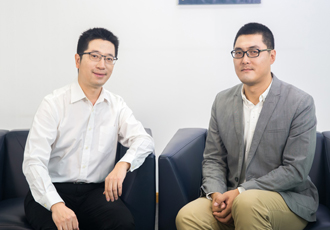
The food industry is buzzing with digitalisation in every sense, from the farm to the front page of the online store. With this in mind, u-blox invited Haiao Ding, Associate Chief Editor of the Digital Business Times, to talk with Perry Zhang, Principal, Strategic Partnerships at u-blox, about the impact of digitisation on the food supply chain.
Can the IoT help prevent food losses and waste along the entire food supply chain?
Perry ZHANG : Loss of food is a big problem in the food industry. Some statistics show that more than 30% of food spoils throughout production and transportation. New technologies can help the industry save food and improve efficiency. For example, one of our customers has developed a box for frozen food that allows him to monitor the temperature, humidity and lighting conditions throughout the logistics process. If, at any time in the logistics process, the temperature exceeds a preset range, an alarm is triggered followed by appropriate measures to adjust the ambient temperature and conditions
Haiao DING: Will food use increase as the caterer management becomes more precise? A domestic company engaged in intelligent logistics has recently launched a new product to control the temperature, humidity and quality of fresh produce and minimise the loss of food during transport. By enabling this technology to capture, control and adapt every point on every link in the caterer chain without human intervention, companies can improve their efficiency and reduce the loss of food during transport. From a certain threshold reached by this reduction, food waste throughout the food supply chain becomes negligible. I could imagine,
Which technological innovations do you consider particularly important for an intelligent food supply chain?
ZHANG: In my view, low power wide area (LPWA) wireless technology has brought the biggest benefits to the food industry. LPWA technology can significantly reduce the size and power consumption of batteries, greatly extending the life of traditional monitors or trackers. With the LPWA technology, we can put a collar with an integrated LPWA module around the neck of each dairy cow. This enables us to monitor their physical condition and send data, including their body temperature and respiratory rate, to the server to determine when it is hot. One of our customers, a dairy company in Ningxia, has deployed such an NB IoT-based solution, significantly increasing its milk production.
DING: Different scenarios require different technologies, such as IoT, artificial intelligence, cloud computing or big data, all of which will be widely used throughout the food supply chain. There is an eCommerce company that uses AI technologies in an experimental project with unmanned delivery vehicles. Big data plays a similarly important role in marketing: Supermarkets without sales staff and emerging self-retail or self-shopping aim to exploit the value of data. We can see that all sorts of technologies are involved in food industry IIoT, but each is applicable to different IIoT scenarios.
How and until when do you think these technologies could be implemented worldwide?
ZHANG : According to the GSMA, 30 operators worldwide have implemented 60 commercial narrowband IoT (NB-IoT) and LTE-M networks. Most operators in Asia-Pacific and Europe implement NB IoT networks, while operators in North America use LTE-M. We can justifiably claim that IoT technologies, especially LPWA, are ripe for explosive growth in applications.
DING : How can IoT achieve the biggest development in the food industry? We should pay attention to where IoT horizontal-axis technologies can maximise the business value of a business and help the business minimise costs. This is where the applications of IoT technologies will proliferate very fast. So far we have recognised a broad application of the IoT in logistics and processing. And I would like to point out that in China logistics and production will accelerate the introduction of IoT in the food industry. However, it is difficult to predict when this explosive increase will take place as new technologies evolve.
How can we guarantee the safety of food, from manufacturing to transportation?
ZHANG : Incidents of food safety occur from time to time. In general, we do not know where food products come from. But if you do not know the source of a product, you cannot figure out what caused the incident. In fact, IoT can make a difference in this industry by providing end-to-end management and control, as well as realising data transparency and authenticity throughout the supply chain.
And there is another very important factor. Many links in the food industry are isolated islands. For example, there is little interaction between agriculture, food processing, logistics, distribution, and sales, so tracking where a product comes from, where it's going, and when, is difficult. But these facts are directly related to the safety of our food. Therefore, we urgently need a range of technologies - including IoT - to connect these islands, as well as big data and the cloud, to develop new business models to allow control of the entire food supply chain process.
DING : To address the food safety issue, we should prioritise standardisation across the food supply chain. Otherwise, different sectors have different views on food safety. Data security is an important factor in ensuring food safety throughout the food supply chain. Because if everyone in the supply chain can see and share the food data and make sure that they are exclusive and effective, available in real time and cannot be falsified, then food safety can be consistently ensured.
ZHANG : There have been a number of food safety incidents in companies that falsified food data. We are convinced that big data and blockchain, a hot topic, can play a very important role here. We believe blockchain will have good application opportunities across the food industry as it provides consistent and consistent data management across the food supply chain.
How do you see the future of the smart food supply chain?
ZHANG: Blockchain can realise end-to-end control across the entire food supply chain. For this, however, it needs data that has to be collected via the IoT, in particular via LPWA. With its low-power wide-area capability, LPWA can be used at every point in the food industry, from production to logistics to sales, to transfer data to the application server that controls and manages the entire blockchain.
DING: About ten years ago, after the introduction of QR codes, a development happened almost overnight: Almost all groceries sold in supermarkets suddenly had QR codes. All data collected via the mobile internet can now play an important role in any industry that needs it.
In terms of the environment as a whole, I think that the smart food supply chain will soon see explosive growth, with new technologies emerging to fill in gaps and ensure that strong growth becomes a sustainable process of increasing momentum.
ZHANG: I think the application of new technologies in the food industry is still in its infancy. We see that the IoT has already been implemented in some parts of the caterer chain. However, in my opinion, its truly explosive growth will only occur when all members of the food supply chain use IoT.
The full interview can be in "u", read the magazine from u-blox.
Courtesy of u-blox.
World's Largest Selection of Electronic Components Available for Immediate Dispatch!™

Similar articles
More from u-blox
- 5G will make industrial automation more challenging and powerful 10th January 2020
- 5G will connect the Industry 4.0 22nd July 2019
- u-blox’s Sylvia Lu awarded in UK’s Top 50 Women in Engineering 28th June 2019
- The promise of the networked food industry 3rd January 2019

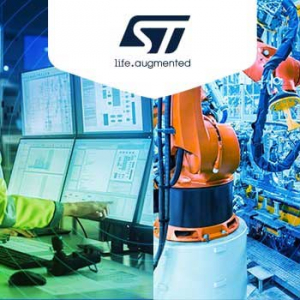
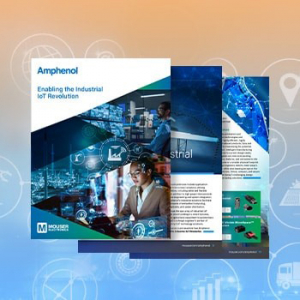
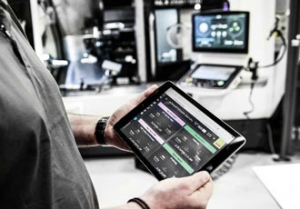
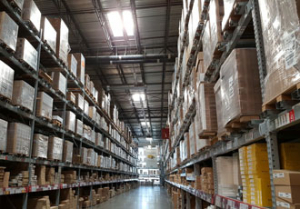







Write a comment
No comments